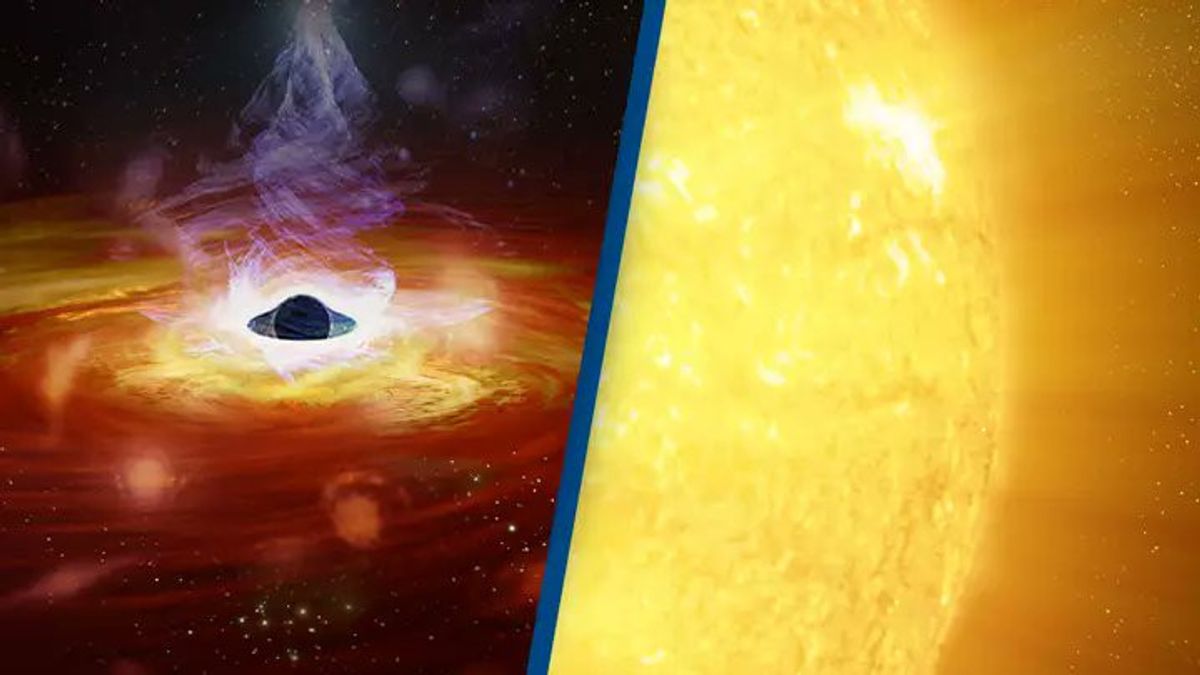JAKARTA - Scientists finally confirmed one of Albert Einstein's theories about the nature of black holes after more than 100 years. In 1915, Einstein predicted that black holes should have a 'fall zone' where the gravitational force is too large for matter to follow a circular path.
Now, scientists have found that this zone does not only exist, but also contains some of the strongest gravitational forces in the universe.
Researchers from the University of Oxford managed to capture the first observation as material disappeared through this strange limit. Dr. Andrew Mummery, a physicist at Oxford who led the study, said: "This is the first look at how plasma, which is detached from the outer edge of the star, has its final fall into the center of the black hole."
Black holes are one of the strangest objects known for science, and on the edge, classical physics does not seem to apply. As matter is pulled towards the center of a very dense black hole, it approaches an area known as an event horizon, where even light cannot escape.
According to Newtonian views of the universe, this matter should have continued to orbit the curved path until it actually met the event horizon. However, according to Einstein's calculations, the gravitational force around the black hole was so strong that particles too close would leave their curved path and plunge straight into the black hole.
The researchers developed simulations of how the material energy emission will shift as it passes through the deepest stable circular zone or orbit. They used these predictions to verify observations taken from X-ray telescopes.
In their paper published in the Monthly Notices of the Royal Astronomical Society, researchers claim that this is the first time emission from this zone has ever been detected. This result gives us an interesting view of the final moments of the course of matter into the heart of a black hole.
SEE ALSO:
"The prediction of Einstein's theory that this final plunge will exist, but this is the first time we can prove it happening. Think about this like a river that turns into a waterfall. So far, we have only seen the river. This is our first view of the waterfall," said Dr. Mummery.
These observations were made with black holes that are relatively small and relatively close to Earth. However, the research team said they thought their method could be a powerful tool for future studies.
"What's really interesting is that there are a lot of black holes in galaxies, and now we have a powerful new technique to use them in studying the strongest known gravitational fields," said Dr. Mummery.
This year, the second team from Oxford hopes to approach the first shooting of a larger and further black hole.
The English, Chinese, Japanese, Arabic, and French versions are automatically generated by the AI. So there may still be inaccuracies in translating, please always see Indonesian as our main language. (system supported by DigitalSiber.id)
















